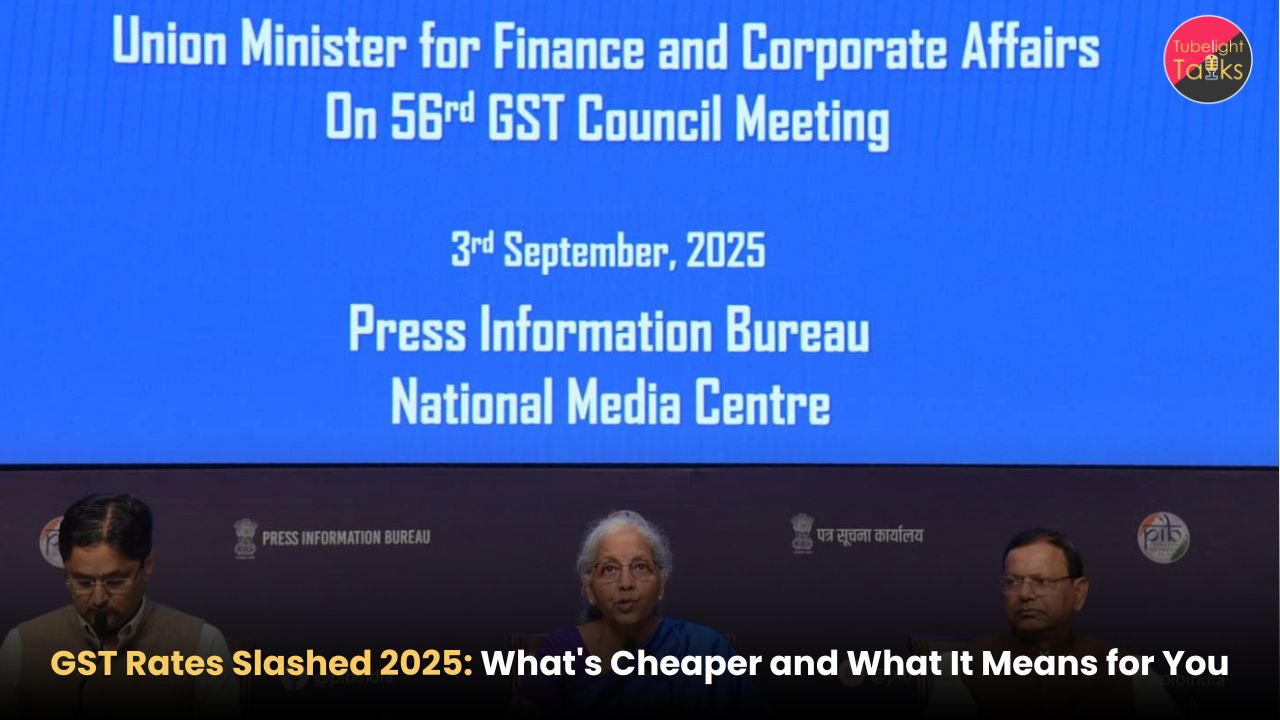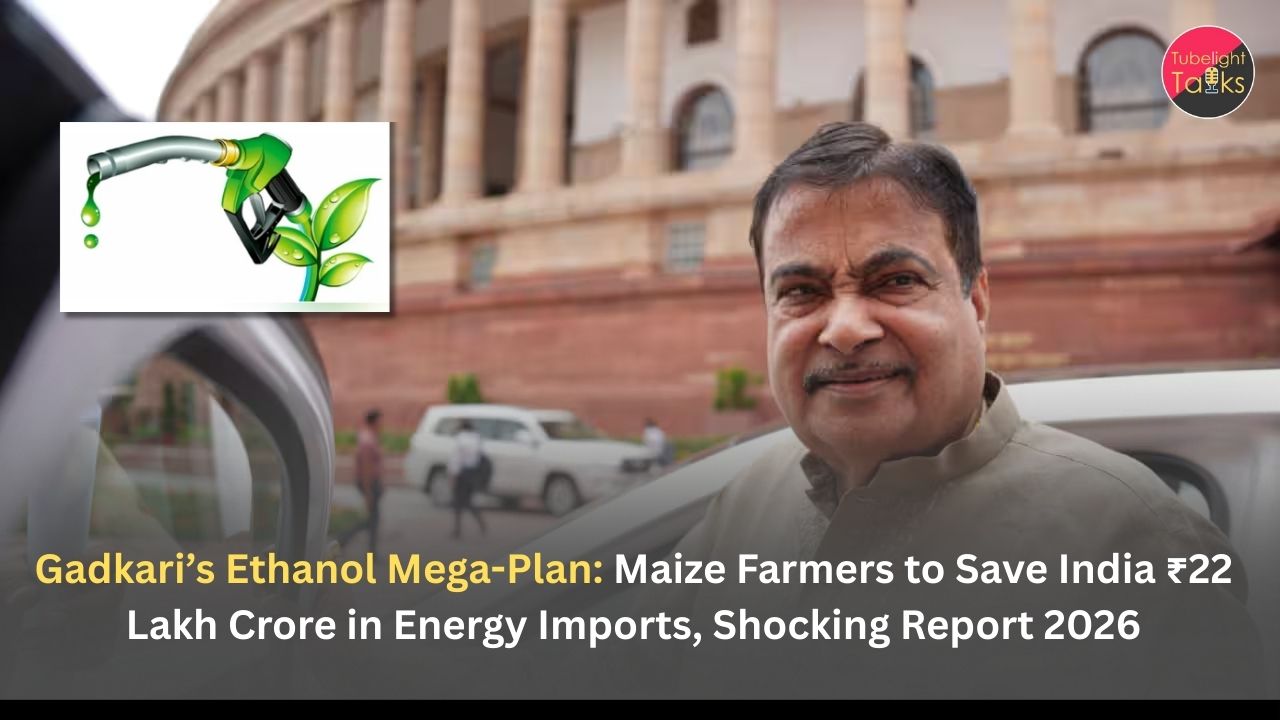A big change is coming to India’s economy. On September 22, 2025, new rules for the Goods and Services Tax (GST) will begin. Called “GST 2.0,” this is the biggest tax change in years. It aims to make things cheaper for you right before the festival season and help the country’s economy grow.
While many are celebrating, state governments are worried that these new rules could hurt their budgets. This article is meant to encapsulate all the basic details while keeping it as concise as possible so you don’t miss out on anything.
What’s Changing? A Simpler Tax System
The old GST system had four main tax rates (5%, 12%, 18%, and 28%), which was often confusing. The new system is much simpler with just three rates:
- 5%: For everyday essential items.
- 18%: A standard rate for most other products and services.
- 40%: A higher tax for luxury items (like expensive cars) and “sin” goods (like tobacco and for activities like gambling).
This change gets rid of the 12% and 28% tax rates. The government did this because the 18% rate was already bringing in most of the tax money, so it made sense to simplify the system around it.
Minister of Commerce and Industry of India, Piyush Goyal, asked industries to pass on the benefits of the GST reforms to consumers. This would eventually aid the economy in the long term to spur growth.
What It Means for Your Wallet: Strategic Timing
The timing for this change is perfect, as it starts with the Navaratri festival, a popular time for shopping. Nearly 400 products will become cheaper.
- Daily Items: Things like toothpaste, soap, hair oil, butter, and ghee will be taxed at 5%, down from 12% or 18%.
- Health Benefits: Health and life insurance will now be tax-free. Some life-saving medicines and medical devices will also have zero GST.
- Electronics: Prices for TVs, air conditioners, and dishwashers will drop as their tax rate falls from 28% to 18%.
- Cheaper Cars and Bikes: Small cars, three-wheelers, and motorcycles (up to 350cc) will also get cheaper, with taxes dropping from 28% to 18%.
Helping Farmers and Factories
The new rules are also designed to help farmers and industries, which are essential parts of the economy.
- For Farmers: The GST on tractors, farming tools, and important fertilizers has been cut to just 5%. This will lower farming costs and help people in rural areas.
- For Factories: Lower taxes on cars and electronics are expected to make people buy more, which means factories will be busier. The new system also fixes a problem where taxes on raw materials were higher than on the final product. This gives businesses more cash to work with.
The Big Problem: States Are Worried About Money
While lower prices are good news for shoppers, the new rules have made many state governments nervous.
- Losing Money: The government expects to collect ₹48,000 crore less in taxes in the short term. States worry this loss of money will make it hard for them to pay for schools, roads, and hospitals.
- Possible Spending Cuts: To manage their budgets, states might have to cut back on important projects, which could slow down their growth.
- Uncertainty over Extra Money: In the past, the central government gave states extra money (called compensation) to cover any losses from GST. Now, states are not sure if this help will continue.
- Uneven Impact: The changes affect states differently. For example, Kerala makes a lot of money from lotteries, but the tax on lotteries is now a high 40%.
Read in Hindi: New GST Rates | जीएसटी यानी गुडस सैल्स टैक्स
Making Sure You Get the Lower Prices
The government wants to make sure that companies pass on the savings to you.
- “GST Discount” on Bills: Shops and sellers must now show the price drop on your bill, labeled as a “GST discount.” They also have to put up posters about the new, lower prices.
- New Prices on Medicines: Drug companies must immediately lower the Maximum Retail Price (MRP) on their products to reflect the new tax rates.
- Stickers on Old Stock: Companies can use stickers to put the new, lower price on products that are already in stores.
What This Means for India’s Future
GST 2.0 is a big bet on India’s future. The government hopes that lower prices will encourage people to spend more, which will boost businesses and create more jobs. It’s also happening at a good time politically, giving people a reason to be happy before major elections.
The goal is to help India become a $30 trillion economy by 2047. But its success depends on finding the right balance: growing the national economy without hurting the budgets of the states. Everyone will be watching closely to see how this big change plays out.
FAQs
Q1. What is GST 2.0 and when will it start?
GST 2.0 is India’s simplified tax system with three main rates—5%, 18%, and 40%. It will be implemented on September 22, 2025.
Q2. How will GST 2.0 affect daily essentials?
Items like soap, toothpaste, butter, and ghee will now be taxed at just 5%, making them significantly cheaper for consumers.
Q3. What benefits does GST 2.0 bring to industries and farmers?
Farmers get lower taxes on tractors, fertilizers, and tools, while factories benefit from reduced input costs and higher consumer demand.
Q4. Why are state governments worried about GST 2.0?
States fear a short-term revenue loss of around ₹48,000 crore, which could impact spending on schools, hospitals, and infrastructure.
Q5. Will consumers really see lower prices?
Yes. Businesses must pass on GST savings by showing a “GST discount” on bills, updating MRPs on medicines, and adding stickers to old stock.










